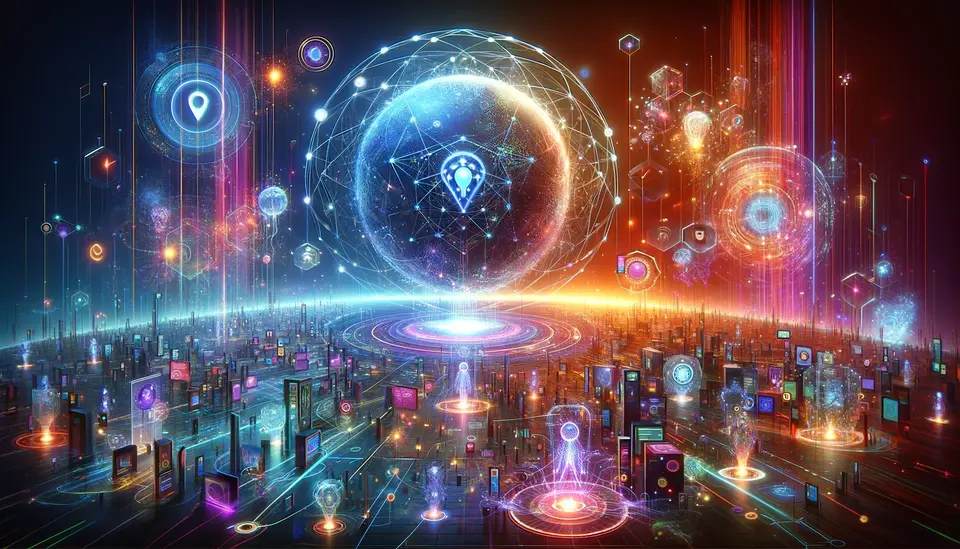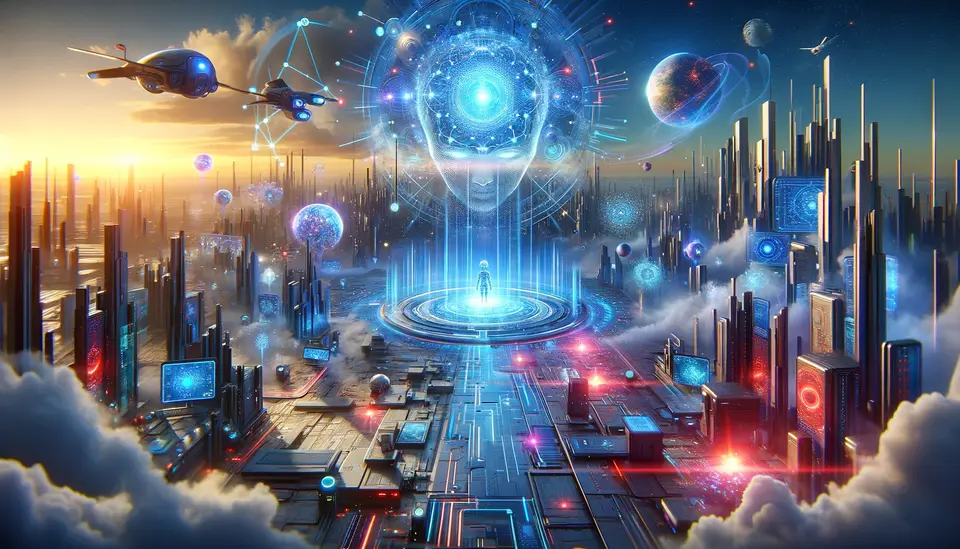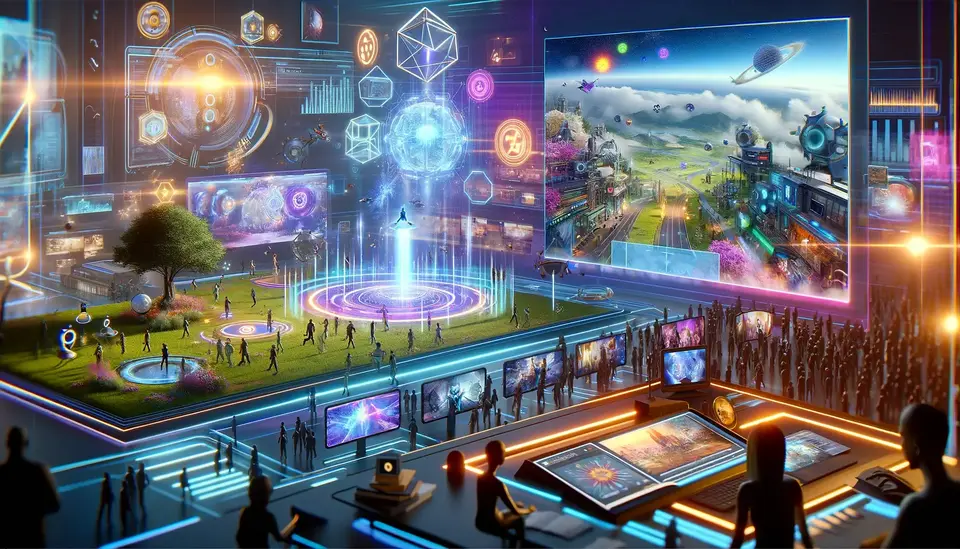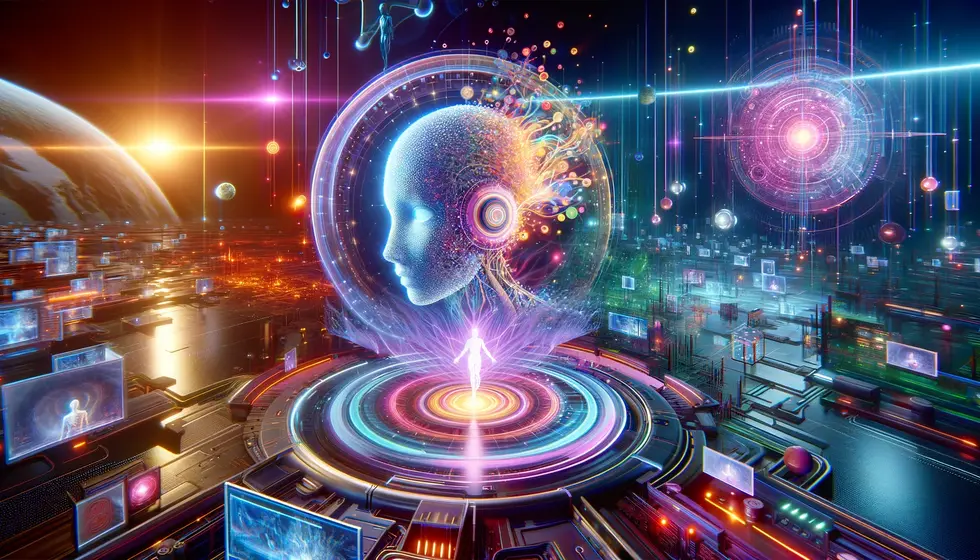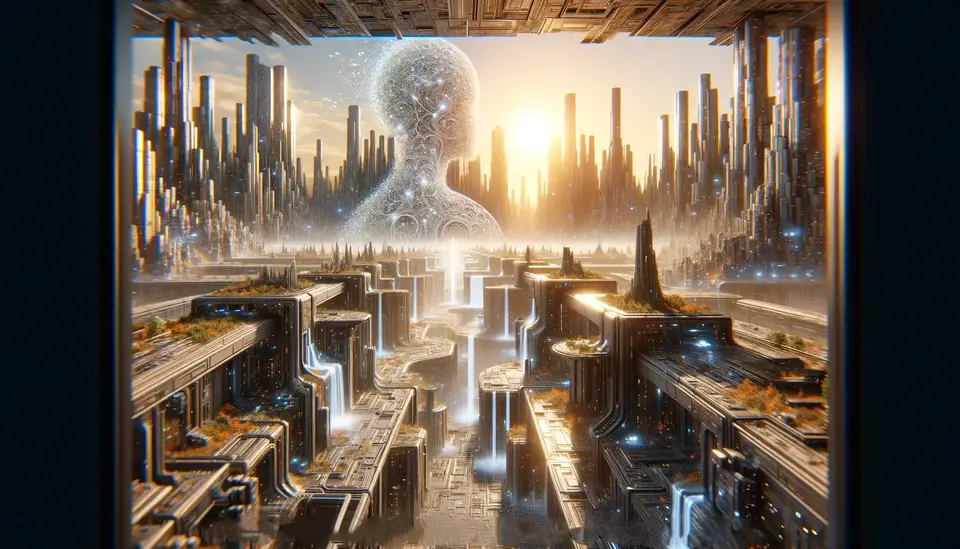Web3: What It Is & Why You Should Care
Posted on April 14, 2024 8 minutes 1543 words
Table of contents
Introduction
The term “Web3” has rapidly evolved from a tech buzzword into a vision of the internet’s future that promises to redefine our digital interactions. Emerging from the limitations and centralization of its predecessors, Web3 signifies a leap towards a decentralized online ecosystem. Unlike the Web1 era of static websites and the Web2 phase dominated by social media giants and e-commerce behemoths, Web3 introduces an internet where users have sovereignty over their data, transactions are secure and transparent, and decentralized applications (DApps) run on blockchain technology. This shift not only proposes to alter how we interact online but also aims to redistribute power from centralized authorities to the individual user. As we stand on the brink of this technological revolution, understanding Web3 and its implications is crucial for anyone navigating the digital age.
Understanding Web3
Definition and Core Concepts
At its core, Web3 is an internet powered by blockchain technology, designed to operate without centralized control. This new phase of the web incorporates key principles such as decentralization, blockchain technology, and smart contracts to create a secure and transparent online environment. Decentralization means that instead of data being stored in a single location (like a server owned by a company), it is distributed across a network of computers. Blockchain technology provides a secure and immutable ledger, recording transactions that can be publicly verified. Smart contracts automate transactions and enforce agreements, operating as self-executing contracts with the terms directly written into code.
The Evolution of the Web
To appreciate the significance of Web3, it’s essential to look back at the internet’s evolution. Web1, or the first generation of the web, was characterized by static websites that allowed users to search for information and read content. There was little interaction, and content creation was limited to webmasters and developers. Web2 marked the rise of the interactive and social web, with platforms like Facebook, Twitter, and YouTube enabling users to create and share content, leading to an explosion of user-generated information. However, this era also saw the concentration of power in the hands of a few tech giants, raising concerns about privacy, data ownership, and monopolistic control.
The transition to Web3 is driven by the desire to address these concerns, offering a vision of the internet where users have control over their own data, privacy is enhanced, and transactions are secure and transparent. By leveraging blockchain and other decentralized technologies, Web3 aims to create a more equitable online world.
Key Technologies Behind Web3
Blockchain Technology
Blockchain technology is the backbone of Web3, providing a decentralized ledger for recording transactions across a network of computers. This technology ensures transparency, as every transaction is publicly recorded and easily verifiable. It also enhances security and trust, as the data on a blockchain cannot be altered retroactively without consensus from the network. This immutable and distributed nature of blockchain makes it the perfect foundation for a decentralized internet, where transactions and data storage are not controlled by any single entity but are instead spread across multiple nodes in the network.
Smart Contracts
Smart contracts are self-executing contracts with the terms of the agreement directly written into lines of code. These digital contracts run on blockchain networks and automatically execute transactions when predetermined conditions are met, without the need for intermediaries. This automation not only streamlines processes but also ensures a high degree of trust and reliability in business dealings and agreements. Smart contracts are pivotal in enabling decentralized finance (DeFi) platforms, governance tokens, and various other applications within the Web3 ecosystem.
Cryptocurrencies and Tokens
Cryptocurrencies and digital tokens are integral to the functioning of Web3, serving as the medium of exchange, governance, and incentivization within decentralized networks. Beyond well-known cryptocurrencies like Bitcoin and Ethereum, there are various types of tokens, including utility tokens that provide access to services within a specific platform, governance tokens that give holders voting rights on the future development of a protocol, and non-fungible tokens (NFTs) that represent ownership of unique digital items. These digital assets facilitate transactions, incentivize participation, and enable new forms of digital ownership and economic models.
The Importance of Web3
Decentralization and Security
One of the most significant benefits of Web3 is its decentralized nature, which offers a higher degree of security and resistance to censorship compared to centralized systems. In a decentralized web, information and resources are distributed across many nodes, making it incredibly difficult for any single point of failure to compromise the network. This setup not only protects against data breaches and cyberattacks but also ensures that no single entity can control or censor the flow of information. This resilience and security are critical in an era where digital data is increasingly valuable and vulnerable.
Empowerment of Users
Web3 technologies empower users by giving them control over their data and digital identities. In contrast to Web2, where tech giants harvest user data for advertising and profit, Web3 offers a model where users own their data and can choose how it’s shared and used. This shift promises to redefine digital interactions, enabling more privacy, security, and user-centric experiences. By participating in decentralized networks, individuals gain not just control over their information but also the opportunity to benefit economically through mechanisms like cryptocurrency rewards and tokenization.
Web3 Use Cases
Decentralized Finance (DeFi)
DeFi represents a radical shift in the world of finance, offering financial instruments without the need for traditional financial intermediaries like banks, brokerages, or exchanges. Built on blockchain technology and utilizing smart contracts, DeFi platforms allow for lending, borrowing, trading, and earning interest on cryptocurrency assets in a decentralized setting. This openness and accessibility not only democratize access to financial services but also introduce innovative economic models and investment opportunities.
Non-Fungible Tokens (NFTs)
NFTs have garnered widespread attention for their ability to prove ownership and authenticity of digital assets, including art, music, in-game items, and more. Each NFT is unique and cannot be exchanged on a one-to-one basis, distinguishing them from cryptocurrencies. By tokenizing digital assets, creators can monetize their work directly, and buyers can securely own, display, or trade these digital goods. The rise of NFTs showcases the potential of Web3 technologies to transform creative industries and establish new forms of digital ownership and value.
Challenges and Criticisms of Web3
Scalability and Usability
One of the foremost challenges confronting Web3 is scalability. As the number of transactions and users on blockchain networks grows, the existing infrastructure often struggles to keep up, leading to slower transaction times and higher costs. This scalability issue is a significant hurdle for widespread adoption, as it impacts user experience and limits the potential for Web3 applications to handle large-scale operations.
Another challenge is usability. The current user experience of Web3 applications can be complex and unintuitive, especially for those not well-versed in cryptocurrency and blockchain technology. The need for wallet setups, understanding of transaction fees (gas fees), and navigating decentralized applications (DApps) can be daunting for new users. Improving user interfaces and simplifying interactions are crucial steps towards making Web3 accessible to a broader audience.
Environmental Concerns
Blockchain technology, particularly proof-of-work (PoW) blockchains like Bitcoin, is energy-intensive, raising concerns about its environmental impact. The computational power required for mining and transaction verification consumes an enormous amount of electricity, leading to a significant carbon footprint. While alternative consensus mechanisms like proof-of-stake (PoS) are being developed and implemented to reduce energy consumption, the environmental implications of blockchain technology remain a hot topic of debate and criticism within and outside the Web3 community.
Why You Should Care About Web3
The Future of the Internet
Despite the challenges, Web3 represents the next significant evolution of the internet, offering a more secure, transparent, and equitable online world. Its promise of decentralization challenges the current centralized power structures, potentially leading to a future where users have true ownership and control over their data and digital assets. The innovations in finance, art, and content creation that Web3 enables are just beginning to unfold, offering a glimpse into a future where digital interactions are more user-centric and value-driven.
Getting Involved
For those interested in being part of this evolution, there are various ways to engage with Web3. Educating oneself about blockchain technology, cryptocurrencies, and decentralized applications is the first step. Participating in communities, attending workshops, and contributing to open-source projects can also provide hands-on experience and deeper insights into the Web3 ecosystem. Whether as developers, creators, investors, or simply curious individuals, there’s a role for everyone in shaping the future of the internet.
Conclusion
Web3 stands as a transformative phase in the evolution of the internet, marked by its potential to decentralize power, enhance security, and empower users. While it faces significant challenges, including scalability, usability, and environmental concerns, the ongoing innovations and solutions within the Web3 community continue to address these issues. The importance of Web3 extends beyond its technological advancements; it lies in its potential to redefine digital ownership, privacy, and participation. As we venture into this new digital era, the opportunity to contribute to a more open, transparent, and user-centric internet is not just exciting but also crucial. Embracing Web3 is about participating in the creation of a future where the internet truly belongs to its users, promising a more inclusive and equitable digital world for all.

